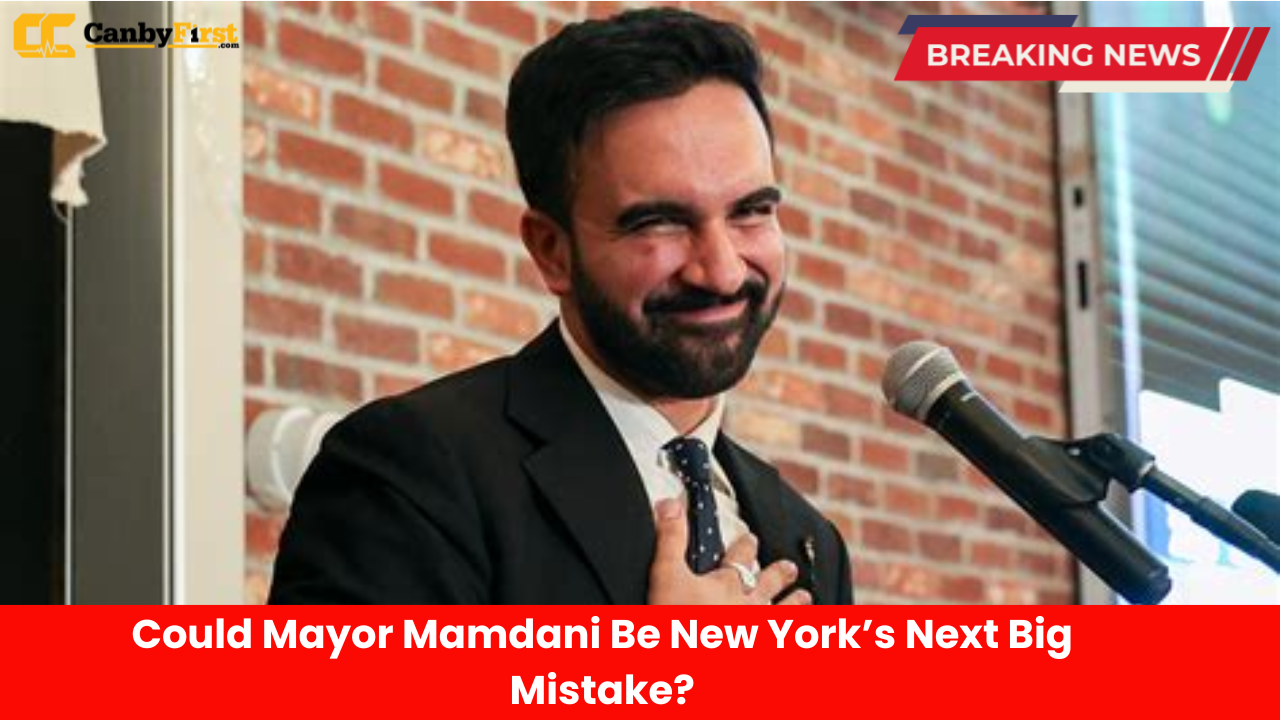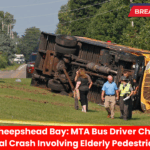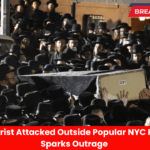New York, US:As whispers grow louder about Assemblyman Zohran Mamdani’s political ambitions, many New Yorkers are asking the same question: would a Mayor Mamdani truly be an upgrade from Bill de Blasio—or would he take the city even further down a troubling path?
Mamdani, a self-described democratic socialist representing Queens, has become a darling of progressive circles. But beyond the rallies and slogans lies a looming concern among moderates and conservatives alike: that his policies could hit New York’s economic and social stability harder than de Blasio’s already controversial administration did.
De Blasio’s Legacy: A Divided Record
Bill de Blasio left office with deeply mixed reviews. Supporters praised his universal pre-K program and focus on affordable housing, while critics accused him of neglecting public safety, discouraging business investment, and driving the city further into bureaucracy. Even some Democrats admitted his tenure was marked by high tax burdens and uneven municipal performance.
Also Read
New York was still dealing with the fallout of de Blasio’s policing reforms and pandemic-era economic stagnation when Eric Adams took office. In many ways, residents hoped his moderate tone would mark a return to balance. But Mamdani’s rise signals that a more radical swing in the city’s politics could be on the horizon.
Who Is Zohran Mamdani?
The son of well-known academics, Mamdani represents Astoria in the State Assembly and has gained attention for championing issues like rent cancellation, free public transit, and sweeping wealth taxes. His rhetoric resonates with young voters frustrated by inequality and housing crises but critics argue that his vision ignores economic feasibility.
Political analysts point out that Mamdani’s platform resembles that of de Blasio’s earliest campaign promises but taken several steps further left. That could mean more government control, higher spending, and growing hostility between City Hall and the private sector.
Concerns About Fiscal Management
Economists warn that Mamdani’s vision would likely increase the city’s already strained budget. De Blasio’s administration expanded spending by tens of billions over his two terms, leaving behind a ballooning public payroll and persistent infrastructure delays.
Mamdani’s proposals such as fully subsidized transit and vast public housing reforms could push city expenditures to record highs without clear revenue sources. For a city still reeling from population flight and small business closures, critics say this could be catastrophic.
Crime and Public Safety Questions
Public safety remains one of New York’s most sensitive issues. During de Blasio’s time, rising concerns over police morale, enforcement pullbacks, and increased street crimes shaped the narrative. Mamdani’s support for reducing police funding and his calls to dramatically reimagine public safety worry many New Yorkers who want both reform and enforcement.
Community leaders in areas hit by crime spikes argue that theoretical activism should not come at the expense of real-world security. “We can’t afford another experiment,” one longtime Bronx resident said. “We need leadership that remembers working-class families live here too.”
The Political Gamble
If Mamdani were ever to run for mayor, he would likely energize New York’s progressive base. But his opponents would quickly paint him as an extremist disconnected from practical governance. Politics in the city have always demanded balance between ideology and realism a balance critics fear Mamdani lacks.
Even some members within his own party have privately expressed worries that his version of leadership would alienate unions, developers, and federal partners. In a city dependent on tourism, finance, and real estate, uncertainty can be deadly for economic growth.
Why Many Say He’d Be Worse Than de Blasio
De Blasio’s critics often point to his failed presidential bid, spiraling crime rates, and clashes with city workers. Yet, for all his flaws, he maintained a basic respect for institutional compromise and understood the weight of administrative responsibility.
Mamdani, on the other hand, appears driven by movement politics rather than pragmatic governance. His vision could prioritize ideology over functionality, bringing yet another round of dysfunction to city management.
Budget watchdogs warn that under a “Mayor Mamdani,” New York could face accelerated capital flight, higher taxes, and further exodus of middle-class residents already burdened by high living costs.
Looking Ahead
While Mamdani has not yet launched a mayoral campaign, the speculation alone has sparked heated debate. Residents divided by income, culture, and ideology will once again confront fundamental questions about what kind of city New York wants to be.
The idea of a “Mayor Mamdani” excites some and terrifies others. Yet amid housing struggles, safety fears, and lingering fiscal challenges, one thing is clear: if de Blasio’s era tested the city’s endurance, a Mamdani administration might push it to its limits.
Conclusion
New York has weathered its share of political experiments. But as voters recall the turbulence of de Blasio’s years, many now wonder whether an even sharper ideological turn could be the city’s breaking point. For a metropolis famed for resilience, the next chapter will depend on one question how much risk New Yorkers are willing to take with their future.












